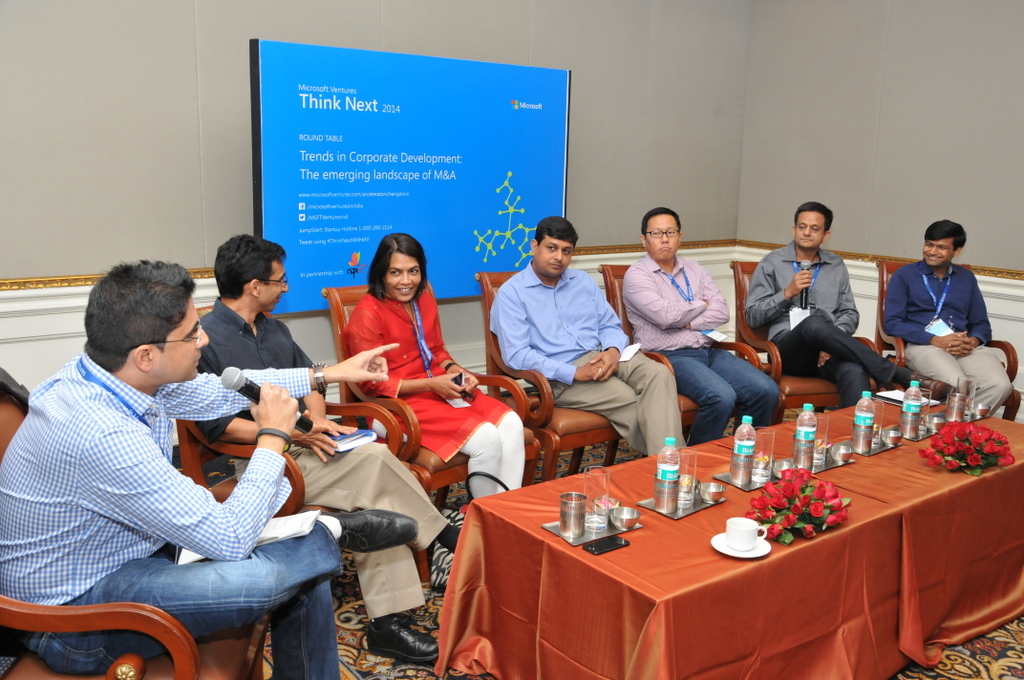I recently attended a Playbook Roundtable organised by iSPIRT on “Culture Design” discussing how to preserve culture of a company that it started with? Reading so much strife because of culture conflict globally or in India or how MNCs should imbibe the “Transparency Culture” & “Accountability Culture” has made me wonder Isn’t “Culture” a confusing word?
Each time we use the word culture we incline toward one or another of its aspects: toward the “culture” that’s imbibed through osmosis or the “culture” that’s learned at museums, toward the “culture” that makes you a better a person or the “culture” that just inducts you into a group.
As per Wikipedia, Culture is, in the words of E.B. Tylor, “that complex whole which includes knowledge, belief, art, morals, law, custom and any other capabilities and habits acquired by man as a member of society.”
Tirthankar Dash articulated culture that can be depicted in a pyramid. At the base is the Philosophy – what are the belief systems underlying the culture.
On that base is built the Mythology or folklore. This would mean Stories – what are the stories that make your philosophy real and personal. And at the top would be Rituals – what can you do that will bring it all alive.
One truth we have seen over the centuries – whether it’s a team of 3 or a country or a civilization, culture exists in every community. So the choice is between letting an unconscious culture crop up like weeds or consciously creating a culture we truly love.
A lot has been said about “Corporate Culture” of late especially about “Startup Culture”. One can have big vision and goals, smart people, super pay, great products and more, but the undercurrents of culture many a times determine whether the company crosses the chasm from good to great.
So, the key question is what kind of culture we want to propagate, as a company, community and the country? How do we provide an environment where one can respond (said and unsaid) to people and situations to bring out the best in each of us?
How does one ensure that we preserve and pass the culture of company from the 10th employee to the 100th to the 1000th?
While each startup or a big company should identify its own values, rituals, celebration and mythologies, there are three critical aspects that each culture should have for it to sustain, have its employees be “in the zone”, an experience when your concentration and focus peak and you are able to scale uncharted territory.
Trust: Every culture should command and demand trust among its community. If there is trust deficit, it leads to fear which creates processes and policies. Leaders of many organizations are afraid of the 2 per cent employees who may break their trust. The reality is, whether you create restrictive processes or not only 2 per cent of the people break your trust.
You end up penalizing the 98 per cent of the employees with restrictive policies (attendance tracking, detailed travel policies, time-tracking etc.) Any driven employee cannot ever be in the zone if they feel restricted, monitored and trapped.
Progress: Growth, movement , opportunities whatever you call it progress is like oxygen for any company or culture. Driven people constantly look for avenues where they can satiate their hunger for learning. Hence the culture should foster open communication and collaboration coupled with professional & personal growth.
The Indian culture, often labelled as an amalgamation of several sub-cultures is a prime example of this progress over several millennia.
Purpose: As a leader, if you had to choose to do only one thing to get your team to be in the zone, it should be to continuously, shamelessly and loudly remind them of the larger purpose of the team and the organisation they are a part of.
Remember, there are a bunch of operational tasks and distractions vying for your team’s time and attention. It is your job to take out time and remind them of the larger purpose of the organisation. It is your job to get them back on track when they are distracted and to give them the feedback and support they require.
At InMobi we believe in nurturing a culture that enables people to become more of who they truly are. YaWiO which is the foundation of our culture is like the wind – it’s the presence that can’t be directly seen, but it can be felt very strongly. It is our glue that holds the organization together and can guide how to behave & act!
Guest Post by Ankit Rawal, Proud Veteran InMobian


 Last Friday, I hosted the M&A Panel at
Last Friday, I hosted the M&A Panel at